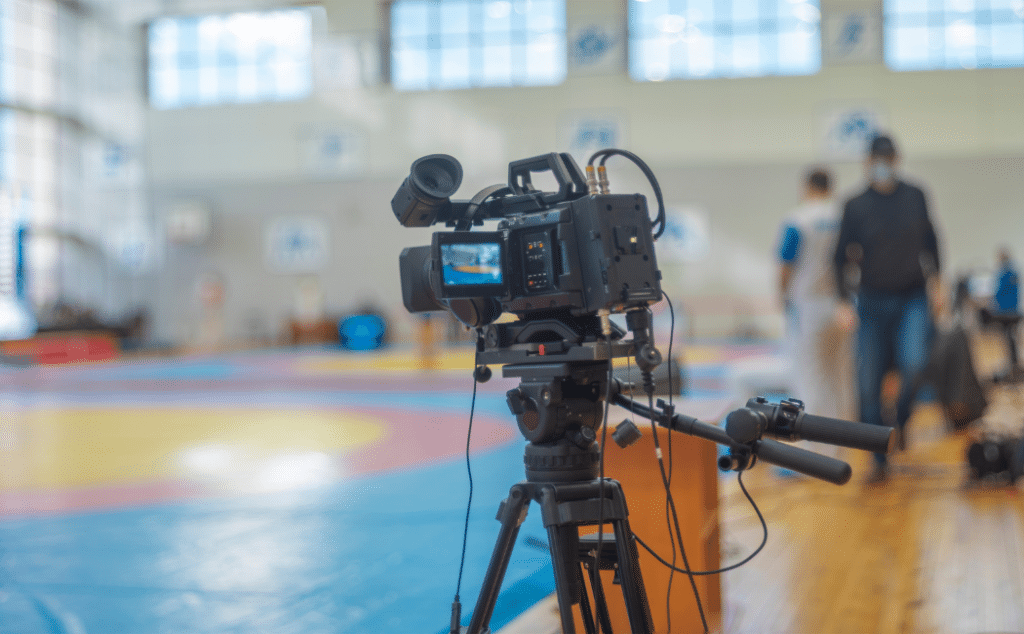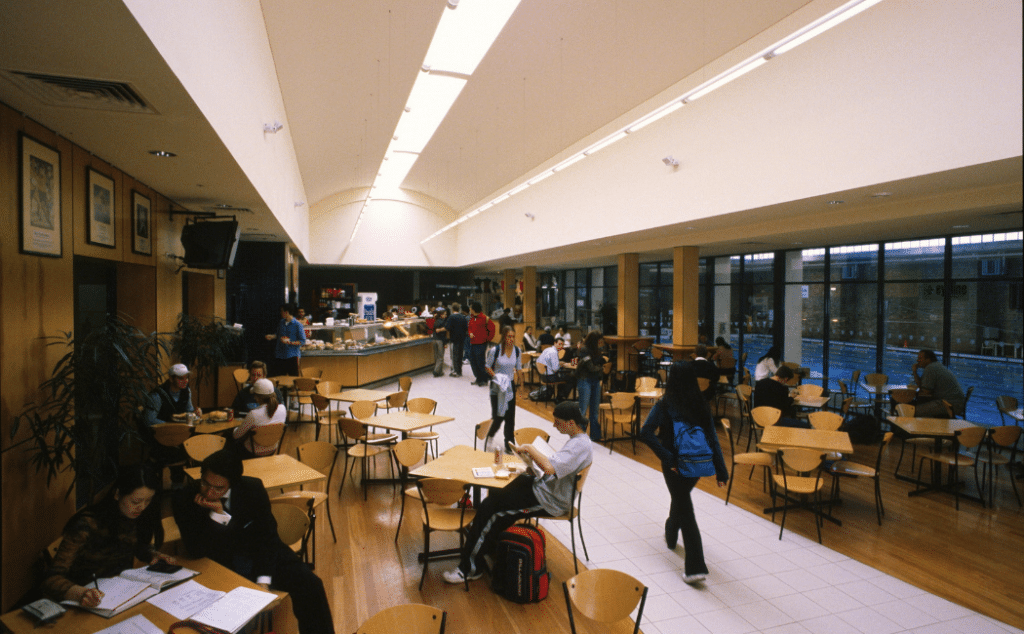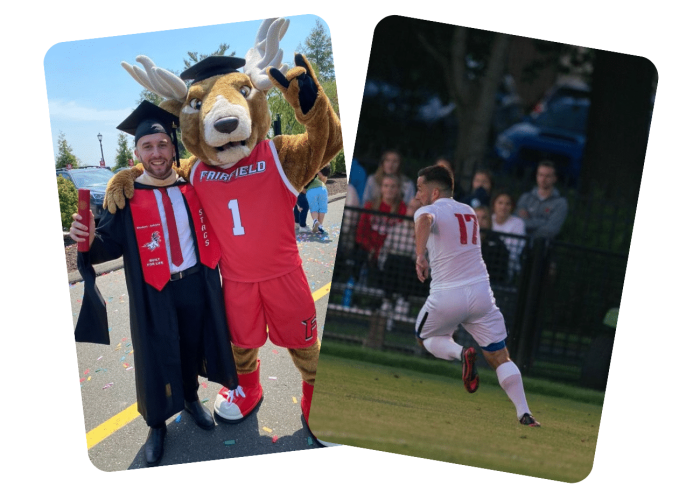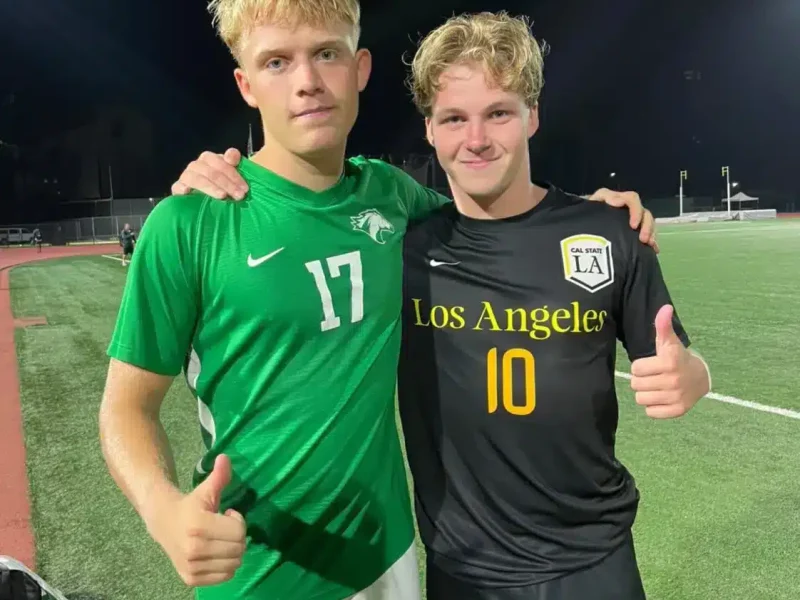How to choose the right College and Sports Programme – for you!
You are a young person considering College Sport but don’t quite know where to start?
Choosing the right college and sports program can feel overwhelming.
In this article, we’ll go through the different factors to consider when choosing the perfect college and sports program for you. From researching the sports program to understanding the financial considerations, we give you all the tips and tricks to make the best decision for your future.
Consider your academic goals.
One of the most important things to consider is how well the given college or university fits your academic goals and dreams.
Many of the athletes we work with – and many young athletes in general – are primarily sporting in their pursuit of a Scholarship in the US. That’s perfectly fine and we understand that. The beauty of college in the US, however, is that it allows you to focus on BOTH sports and academics.
Therefore, it is essential that you think about the educational path you want to take. What do you find exciting? What are you good at? What do you want to improve? What could you see yourself working on in the future?
Once you have answered some of these questions, it is easier to consider whether the potential college has the educational orientation and academic level you are looking for.
There is a big academic difference between Stanford University and Harvey Mudd College, for example. You will have to bring that into your considerations.
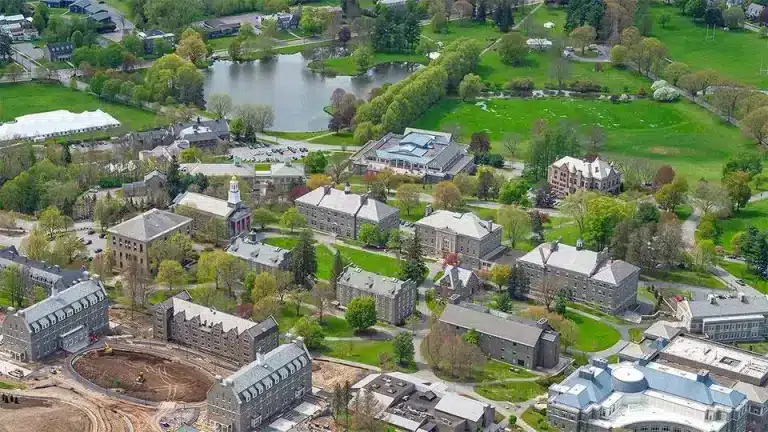
Examine the sporting program.
Several factors come into play when assessing the athletic program at a college or university. It is a good idea to research the team’s history.Performance fluctuates a lot in the college world and a good team in 2022 is not necessarily a good team in 2023 – however, this doesn’t change the fact that the team’s history and past results are an indicator of quality and ambition.
The current level of sporting activity is also essential to examine. Games and other events are often streamed and shown on TV, so there will be plenty of opportunities to find video you can watch of your potential college team on e.g. YouTube.
At the same time, it is also a good idea to check out the sporting facilities. Facilities in the US are generally of a high standard and you can easily find short tours on their website and social channels.
Getting to know the coaching team is one of the most important things to do before deciding on a college.
In our college process one of the most important elements is the coach appraisal. Here you will talk to interested coaches who have seen your highlights and will tell you about their program and get to know you as a person.

Consider the location of the school.
Location can have a big impact on your college experience. That’s just the way it is.
There are colleges in big cities like New York, Chicago or Houston and there are colleges in smaller, local towns like Clemson, St. Charles and Newark. If you like tens of thousands of fellow students and big city life or a closer social environment and a more local community, there is an option for you.
In addition, weather varies from state to state, so if you have a preference for warm weather, this should be taken into consideration as well!
Explore the atmosphere on campus and watch videos from there.
It is important to get a feel for the atmosphere of your future college.
As a potential Student Athlete, it is also important to see the facilities and resources available to you. We have already discussed this map.
Check the school website, social media and search YouTube for videos of the campus and its facilities. Everything from the sporting facilities, canteen facilities, classrooms, the atmosphere and the surrounding city is relevant.
When, during the College processcoach interviews, the coaches will often send you video material to give you an insight into the campus of the given College. They know it’s important to you.
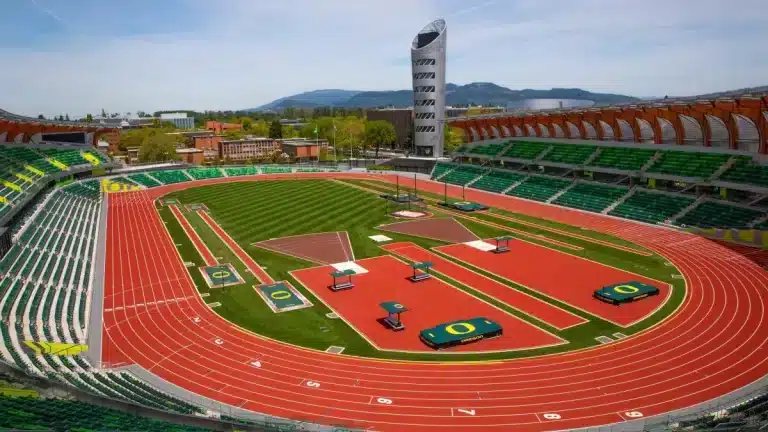
Financial overview (scholarships, prices, etc.)
The whole financial aspect of college admission is inevitable and very important.
First of all, Scholarships are available with all of the sporting federations we work with(Read more about the 3 sporting federations in the US here).
The financial amount of the given Scholarship depends of course on your sporting and academic level ( read more about how scholarships workhere)
In addition, prices at the different colleges vary widely. Harvard University is a significantly more expensive institution than e.g. University of Memphis.
In practice, this means that the price of a given college has a big impact on how much money you will actually have to pay out of your pocket once your Scholarship is deducted.
An example of the construction of an official Scholarship offercan be seen below:
| Expense | Amount | Scholarship | Out-of-Pocket Cost |
|---|---|---|---|
| Tuition fees | $20.000 | $15.000 | $5.000 |
| Room And Board | $10.000 | $8.000 | $2.000 |
| Books and Supplies | $1.000 | $800 | $200 |
| Travel (e.g. for games and competitions) | $3.000 | $2.500 | $500 |
| Meal Plan | $5.000 | $4.500 | $500 |
| Personal expenses | $2.000 | $1.800 | $200 |
| Total Cost of Attendence | $41.000 | $32.500 | $8.500 |
Focus on yourself!
One of the biggest mistakes you can make when applying for a Scholarship is to compare yourself (too much) with others. We know it’s natural – we did it ourselves when we were going to the US.
“What has the person who played at the same level as me been offered?”
The offer you receive is the result of many variables and careful consideration by the College that makes the offer.
Your education and academic level, your sporting level and history, your physical constitution, the timing of your arrival, your age, demand and much, much more have an impact.
The best advice: Focus on yourself and what you can change, optimize and develop.
We have also written about 5 tips to maximize your scholarship opportunitiesor about everyday life in College for a Student Athleteif you found this interesting.
How to choose the right College and Sports Programme – for you! Read More »

